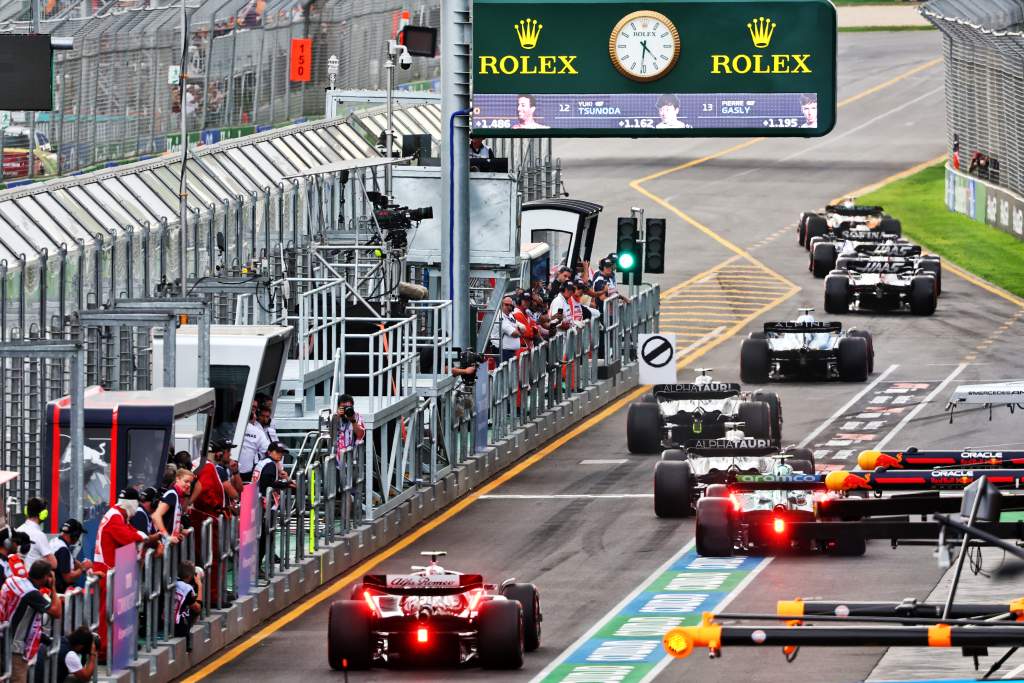Up Next

Formula 1 will trial a “revised qualifying format” next year, mandating the use of certain tyre compounds in each segment.
Since 2006, F1 qualifying has been in a knockout format split into three sections.
Presently all 20 cars participate in Q1 with the top 15 in that session progressing. The 10 fastest in Q2 then proceed into Q3.
There have been minor tweaks to this format over the years with the most recent change eliminating the long-standing rule that those who make it into the top-10 shootout must start the race using the tyre compound they used to set their fastest lap in Q2.
One set of the softest compound always had to be saved for Q3, although the softest compound is mandatory throughout all of qualifying when the Sprint format – which made its debut last year and is used at three events – is in effect.
Now F1 stakeholders have rubber-stamped plans to test a “revised qualifying format” at up to two events in 2023, for the purpose of “evaluating whether the revisions are suitable for subsequent championships”.
At these trial events, drivers must use the hard compound in Q1, the medium compound in Q2, and the soft in Q3. If a session is declared wet, any compound may be used.
The intention is also to reduce the number of tyres used on a grand prix weekend, as the events with the revised qualifying format will cut the mandated tyre allocation from 13 sets of slick tyres to 11 sets.
Within this allocation each driver will have an extra set of hard tyres (up to three) and an extra set of medium tyres (up to four), but lose three sets of soft tyres (down to four).
The number of intermediates (four sets) and wets (three sets) will remain unchanged.
Trialling a new qualifying system at world championship events reflects the desire from F1 to conduct more real-world experiments with its formats.
This was first done with the divisive sprint race, which moved qualifying to Friday and introduced a shorter Saturday race that set the grid for Sunday’s grand prix.
F1 made it clear around that proposal that it would seek to conduct further experiments with its weekend formats, rather than agree changes without any real-world data.





